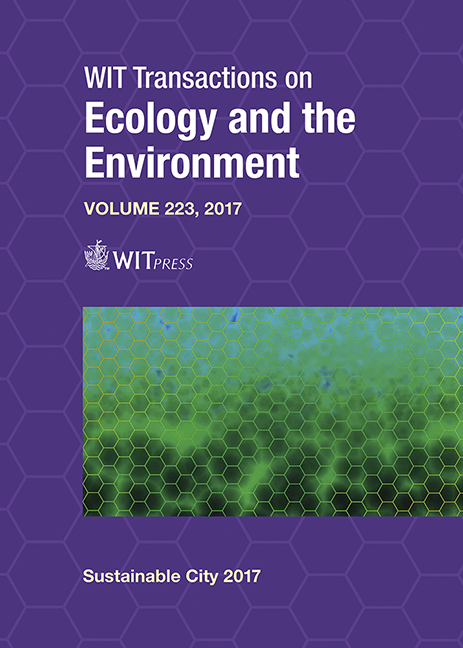URBAN TRANSPORT VIBRATIONS AND CULTURAL HERITAGE SITES IN ROME: THE CASES OF THE TEMPLE OF MINERVA MEDICA AND OF THE CATACOMB OF PRISCILLA
Price
Free (open access)
Transaction
Volume
223
Pages
9
Page Range
335 - 343
Published
2017
Size
580 kb
Paper DOI
10.2495/SC170291
Copyright
WIT Press
Author(s)
IVAN ROSELLI, VINCENZO FIORITI, IRENE BELLAGAMBA, MARIALUISA MONGELLI, ANGELO TATÌ, MARIAROSARIA BARBERA, MARINA MAGNANI CIANETTI, GERARDO DE CANIO
Abstract
The coexistence of modern transport systems with the presence of cultural heritage sites in urban environments is a very crucial issue in sustainable city planning. In particular, in the historic centre of cities with plenty of scattered archaeological sites, such as Rome, urban traffic vibrations must be monitored to assure the conservation of ancient monuments. In fact, cultural heritage sites may suffer from traffic vibration impact in terms of aesthetical damages even in cases in which the structural health is not compromised. In such context, the present paper focuses on the impact of traffic vibrations induced on two monuments studied within the CO.B.RA. project (aiming at developing advanced technologies and methods for the conservation of cultural heritage). The so-called Temple of Minerva Medica and the Catacomb of Priscilla are exposed to different types of traffic vibration sources and are characterized by different structural conditions. Besides the ambient vibration monitoring, several non-destructive tests (NDTs) and noncontact investigations were conducted at the two sites in order to study the state of damage and the structural conditions of the two monuments. In particular, the ambient vibration monitoring gave remarkably different outcomes in these two cases and provided objective data for interesting observations on the sustainability of tramways, railways and road traffic near such diverse archaeological assets.
Keywords
urban transport vibrations, archaeological sites, structural health, non-destructive investigations, 3D reconstruction





